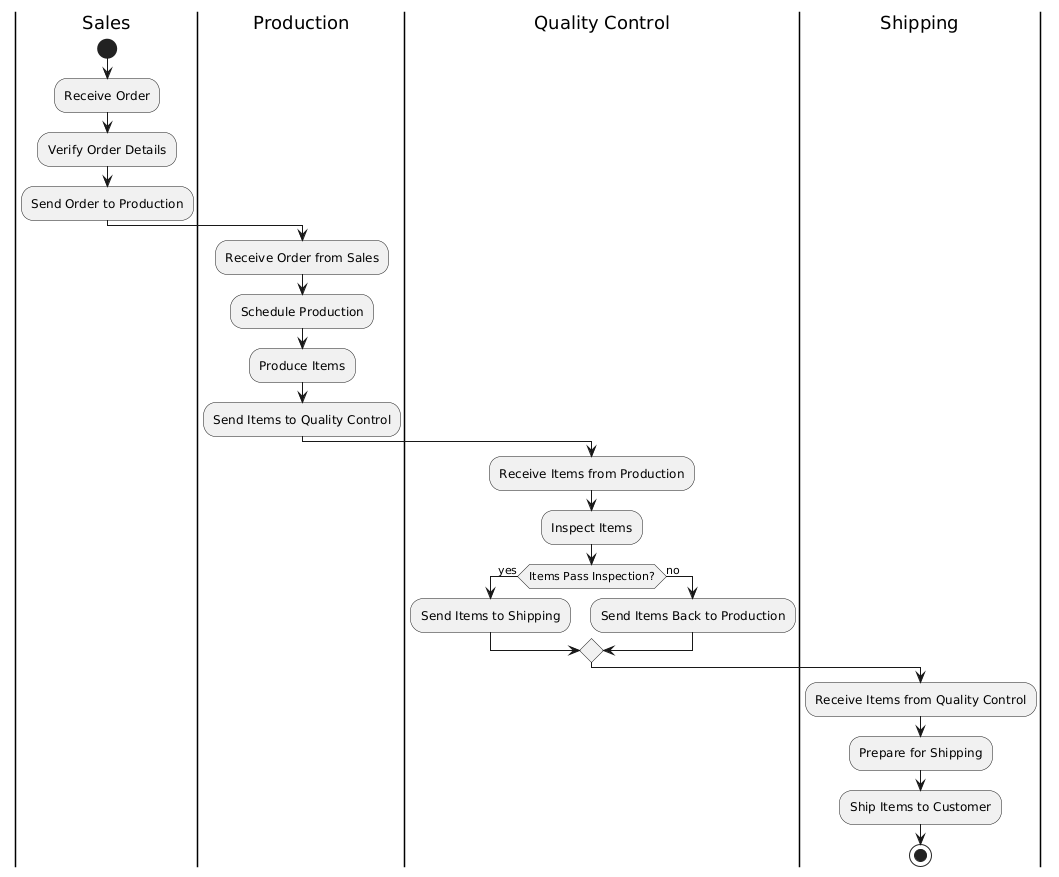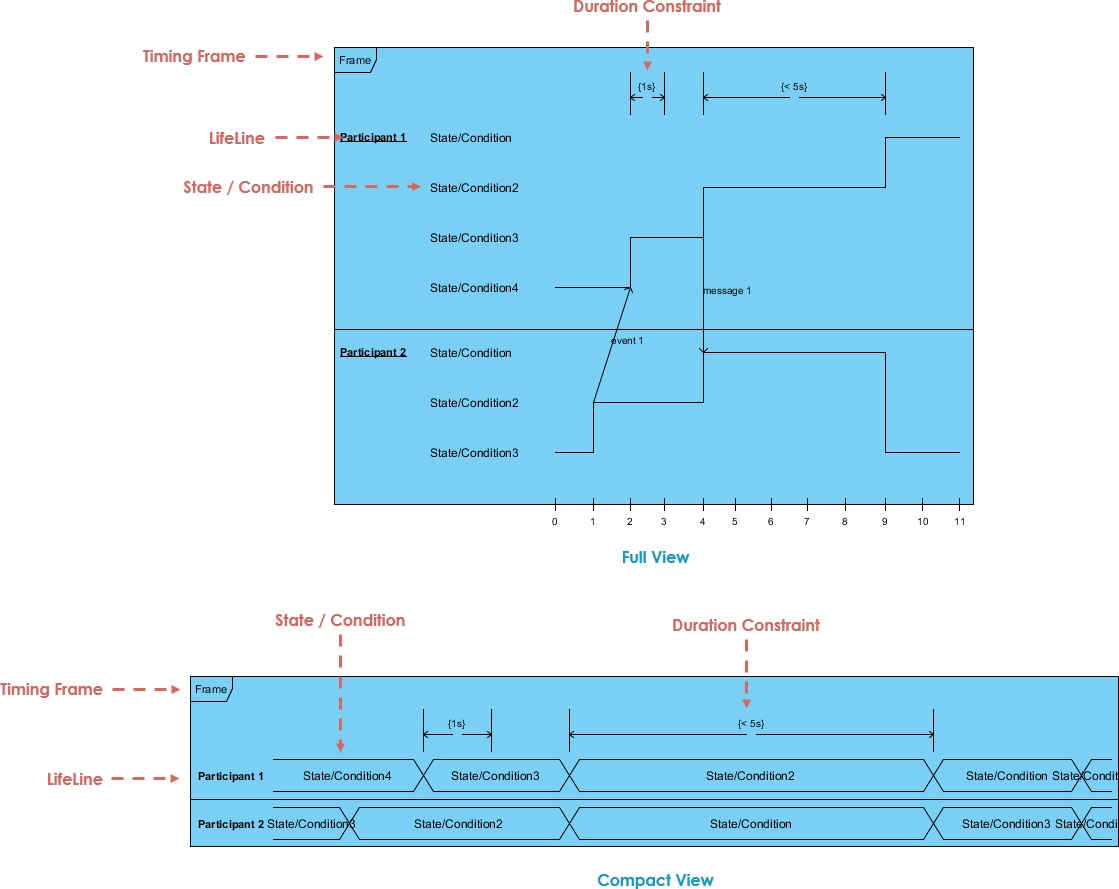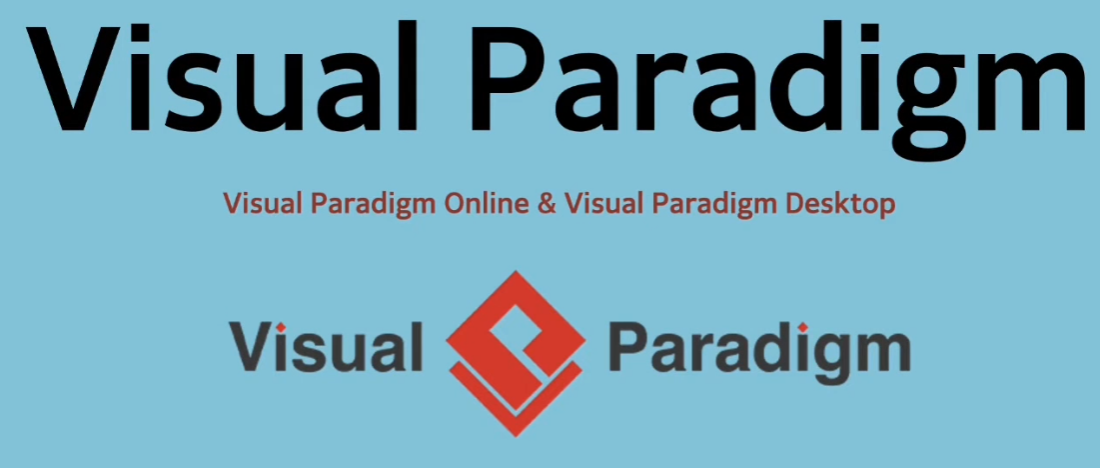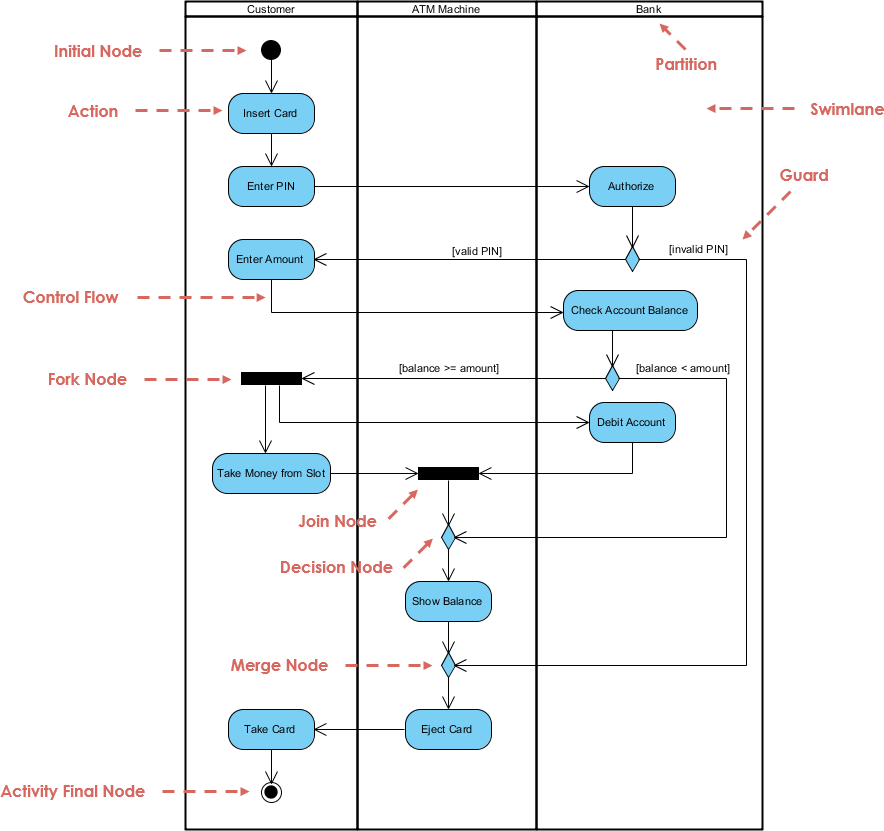Introduction UML (Unified Modeling Language) Activity Diagrams are a powerful tool for modeling dynamic aspects of a system. They are
Continue readingCategory: Unified Modeling Language

Comprehensive Guide to Process Improvement Using Swimlane Activity Diagrams
Introduction In today’s competitive business environment, optimizing processes is crucial for maintaining efficiency and customer satisfaction. One powerful tool for
Continue readingComprehensive Guide to Sequence Diagrams
Introduction Sequence diagrams are a crucial tool in software engineering for visualizing the interactions between objects in a system over
Continue reading
UML Timing Diagrams: A Comparative Guide to State/Condition and General Value Lifelines
Introduction UML (Unified Modeling Language) timing diagrams are a type of interaction diagram used to model the behavior of objects
Continue readingUML Timing Diagram: A Comprehensive Guide
Introduction UML (Unified Modeling Language) timing diagrams are a type of interaction diagram used to model the behavior of objects
Continue readingComprehensive Guide to UML Timing Diagrams
Introduction UML (Unified Modeling Language) timing diagrams are a type of interaction diagram that focus on the timing constraints of
Continue reading
Comprehensive Guide for Beginners: Adopting UML as a Tool for Development Teams
Introduction Unified Modeling Language (UML) is a standardized modeling language used to visualize the design of a system. It is
Continue reading
Comprehensive Guide to Learning and Sharing Experiences with Visual Paradigm’s All-in-One Platform
Introduction Visual Paradigm is a powerful all-in-one platform designed to enhance team collaboration and streamline the modeling process. This guide
Continue reading
Comprehensive Guide to UML Activity Diagrams
Introduction An Activity Diagram is a type of behavioral diagram in the Unified Modeling Language (UML) used to describe dynamic
Continue reading
UML Sequence Diagrams: Key Concepts and Comprehensive Guide
Introduction to UML Sequence Diagrams UML (Unified Modeling Language) sequence diagrams are a type of interaction diagram that illustrates how
Continue reading